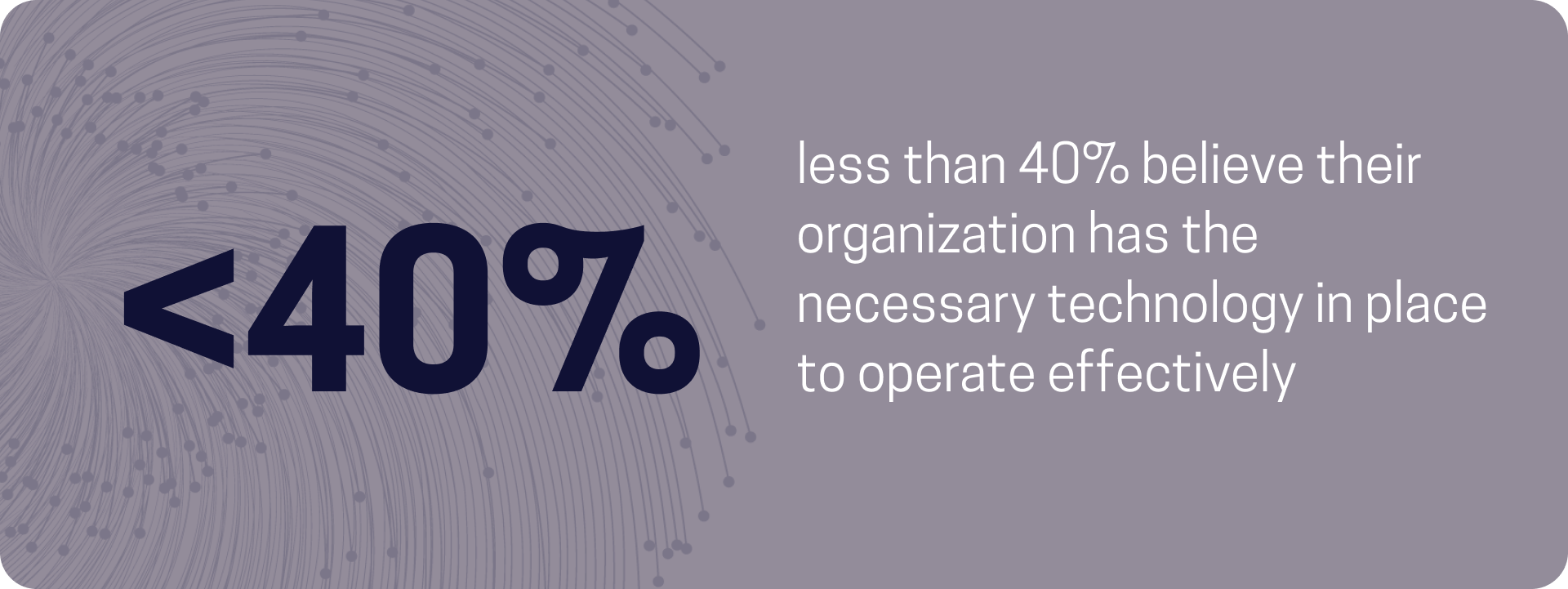Embrace the future – carefully.
The AI bubble will burst, and the carnage will be significant. Speculators will be devastated, a legion of small AI-focused firms will disappear, and skeptics will celebrate their wisdom. But when the chaos subsides, Artificial Intelligence (AI) will remain, staring at leaders like a baby left on the doorstep – something that cannot be ignored. And like the infant Hercules who strangled two snakes sent by Hera to kill him in his crib, AI will grow to be strong – and a part of almost everything we do going forward.
Soon it will be necessary to know how to leverage it, and right now we need to know how to think about it.
On its most basic level, Artificial Intelligence and Machine Learning are simply evolutions in computing. Machines now have the power to digest unimaginable quantities of data and rapidly identify patterns that would take armies of talented humans. That’s not a small advance. Just leveraging that capability allows quantum improvements in the management of logistics, personnel, and other functions, and has been incorporated to a significant degree in selected firms already.
More recently, generative AI, using networks designed to mimic human neural networks, learns patterns from input data and can produce eerily human-like responses to queries. To be sure, they are still machines, reflecting their design, the data ingested, and the training/learning opportunities they have, but that can be difficult to remember when interacting. And the ability to produce impressively human-like products (eg papers and poems), or solve difficult problems is stunning. Where earlier technology largely replaced people in repetitive tasks that could be programmed in great specificity, generative AI looks to assume many analytical jobs currently filled by white-collar professionals. If trends go as it appears, the need will grow for talented humans who are trained to work with AI (in this case, arguably Augmented Intelligence). At a minimum, things will speed up and force leaders and systems to accommodate.

In 1982, as an Army Captain, I paid $4,800 for a Radio Shack Model III computer, and something like $1,800 more for three early programs (word processing, spreadsheet, and database). The machine operated on 6” floppy disks, had no hard drive, and I’d lose work I’d done more often than I liked. But as laughable as it sounds, I took it to my Rifle Company, ran training plans and records, supply accountability, and other things on it – and it made a remarkable difference. I’m glad I didn’t wait until the Army finally started issuing computers to companies because the value I got, and more importantly, the experience I gained early, was invaluable.
Early adopters of technology always run the risk of buying a good iPhone right before a great iPhone is released – and that can’t really be helped. To limit budget and turmoil impacts, it may be necessary to start small, but I believe each step taken will be justified by the insights and experience gained. Firms that wait until AI offerings are fully matured and function flawlessly will be beaten by firms leveraging mediocre AI. In the Army, we might have summarized it as “an Army with crummy tanks beats one with no tanks.” The best is the enemy of the good enough.

So, what is my message for leaders and organizations that are too busy, tight on resources, and struggling to use the tools they already have?
It is simple, you probably need to do something with AI – now. To be sure, there are functions where AI is nowhere close to impacting, I’m just not sure what they are.
Any task or process that can’t be improved by faster, more informed “thinking,” would be a safe harbor from AI. But unlike most earlier technological advances, AI transcends the power or precision of industrial-age innovations, and the ability for computers to learn from data and experience narrows the gap between humans and machines. We won’t leap to being pawns maneuvered by omniscient circuitry, but un-enabled organizations won’t be able to compete with those that are.



